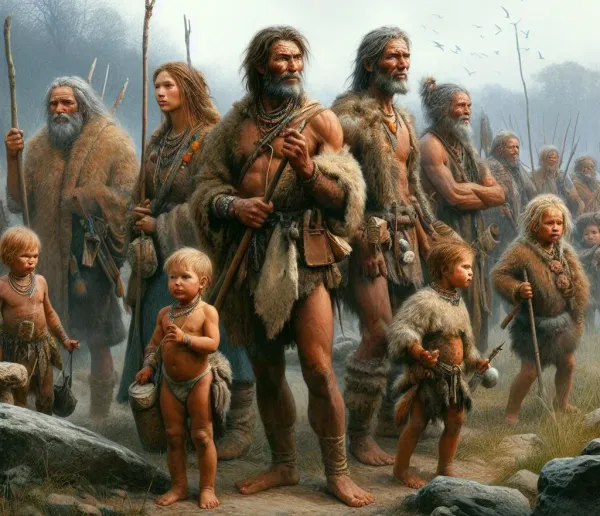
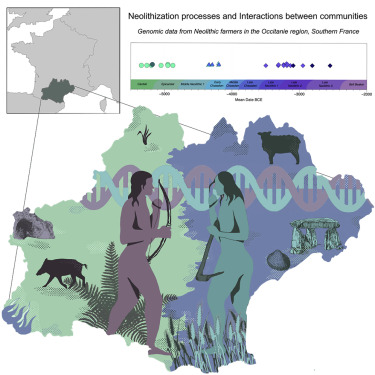
Neolithic Expansion in Southern France: Interactions and Gene Flow Between Farmers and Hunter-Gatherers
Introduction
Recent genomic research from the region of Occitanie in Southern France has illuminated the complex interactions between incoming Neolithic farmers and indigenous hunter-gatherer communities. This groundbreaking study analyzed 28 individuals from six archaeological sites, spanning approximately 5,500 to 2,500 BCE, providing unprecedented insights into regional patterns of ancestry and cultural transitions throughout the Neolithic era.
Southern France, particularly the Occitanie region, served as a critical gateway between the Iberian Peninsula and Southeastern Europe, making it an ideal location to study how cultures met and merged during this pivotal period in human history.
Key Archaeological Sites
Early Neolithic Sites (5500-4500 BCE)
Baume Bourbon Cave
The Baume Bourbon Cave in Cabrières reveals rich deposits of human remains and artifacts dating back to approximately 5,400 BCE. This limestone cave served as both a sepulchral and living site, yielding remarkably preserved osteological remains alongside:
- Cardial and Epicardial pottery with distinctive funicular handles
- Quartz and flint lithic tools
- Traces of burnt cereal, indicating agricultural practices
Genomic analysis of individuals from this site shows significant hunter-gatherer ancestry (up to 28.4%), indicating substantial interaction between incoming farmers and local populations.
Gazel Cave
The Gazel Cave in Sallès-les-Cabardès offers a window into burial practices and cultural transitions from the Mesolithic to Neolithic periods. Its stratified layers contain:
- Epicardial burials dating to approximately 5,296 BCE
- Cardial stage remains
- Evidence of continuous habitation
One particularly intriguing individual from Gazel displays compelling patterns of genome admixture, including long runs of homozygosity—evidence of consanguinity that might indicate either social strategies in small farming communities or isolated instances of deviance.
Middle Neolithic Sites (4500-3500 BCE)
Champ du Poste
Located in Carcassonne, the Champ du Poste necropolis contains burials characteristic of the Early Chasséen culture, dating to around 4,400 BCE. The site reveals:
- Distinctive pit graves
- Ceramics and flint tools acting as cultural markers
- Evidence of cultural evolution within the Mediterranean Neolithic societies
Le Crès
The Le Crès necropolis offers similar insights into the Chasséen culture, with individual skeletons buried alongside:
- Domesticated plant remains
- Animal bones suggesting pastoral lifestyles
- Grave goods indicating social structures and ritual practices
Both Champ du Poste and Le Crès demonstrate the continuing genetic influence of hunter-gatherer ancestry within established farming communities.
Late Neolithic Sites (3500-2500 BCE)
Dolmen des Fades
This megalithic structure represents the Late Neolithic period's collective burial practices. The dolmen features:
- Monumental stone architecture
- Multiple individual remains accumulated over time
- Cultural artifacts showing evolving burial customs
Aven de la Boucle
A natural shaft used as a collective burial site, Aven de la Boucle contains remains from the Late Neolithic period. This site demonstrates:
- Continued use of natural features for burial purposes
- Collective memory practices spanning generations
- Genetic continuity alongside cultural transitions
Genomic Insights
High Hunter-Gatherer Ancestry
One of the most surprising findings from this research is the high proportion of hunter-gatherer (HG) ancestry in both early and late Neolithic groups in Southern France. This suggests multiple instances of gene flow between local HGs and newly arrived farmers, rather than a single admixture event.
The highest HG ancestry contributions were recorded in individuals from:
- Pendimoun (up to 56% HG ancestry)
- Les Bréguières
- Several Occitanie sites
These findings challenge previous notions of genetic isolation during the early Neolithic expansion through the Continental route. Instead, they reveal diverse interactions along the Mediterranean coast.
Multiple Pulses of Admixture
The genomic data suggests that gene flow occurred in pulses throughout the Neolithic period:
- Initial contacts between first-wave Mediterranean farmers and local hunter-gatherers
- Continued interactions throughout the Early and Middle Neolithic
- Late Neolithic admixture bringing steppe-related ancestry into the European genetic landscape
This pattern of multiple admixture events creates a complex genetic mosaic that reflects the dynamic nature of human interaction during this transformative period.
Individual Genetic Stories
Beyond broad population patterns, the genomic data reveals fascinating individual stories:
- Evidence of consanguinity in some individuals, potentially reflecting social practices in small communities
- Persistent hunter-gatherer lineages within farming populations
- Regional genetic variations that might correspond to different migration routes
Cultural Implications
Burial Practices and Social Structure
The archaeological evidence reveals evolving burial customs that reflect changing social structures and belief systems:
- Early Neolithic individual burials with specific grave goods
- Middle Neolithic organized necropolises indicating more structured social hierarchies
- Late Neolithic collective burials suggesting community-based memorial practices
These changes occurred alongside genetic continuity, highlighting the complex relationship between cultural innovation and biological ancestry.
Material Culture and Exchange Networks
Grave goods and artifacts found at these sites demonstrate extensive exchange networks across the Mediterranean region:
- Distinctive pottery styles showing cultural connections
- Imported flint and stone materials indicating trade routes
- Farming implements reflecting agricultural knowledge transfer
These material exchanges occurred in parallel with genetic admixture, creating a rich tapestry of cultural and biological interaction.
Conclusion: A New Understanding of Neolithic Expansion
This research fundamentally changes our understanding of the Neolithic transition in Southern France. Rather than a simple replacement of hunter-gatherers by incoming farmers, we now see a complex process of interaction, adaptation, and integration that played out over millennia.
By maintaining high levels of hunter-gatherer ancestry, these Southern French communities exemplify how even amidst the strong wave of Neolithic cultural influx, local genealogical signatures persisted. The interplay between these distinct waves of expansion paints a vibrant chronological tapestry of human migration and adaptation.
The bones and artifacts from these sites cry out with stories of our ancestors' lives, encouraging ongoing exploration and deeper understanding of our shared human heritage. This ongoing dialogue between past and present reminds us of our deep-seated interconnectedness, challenging long-held narratives about human migration and cultural change.
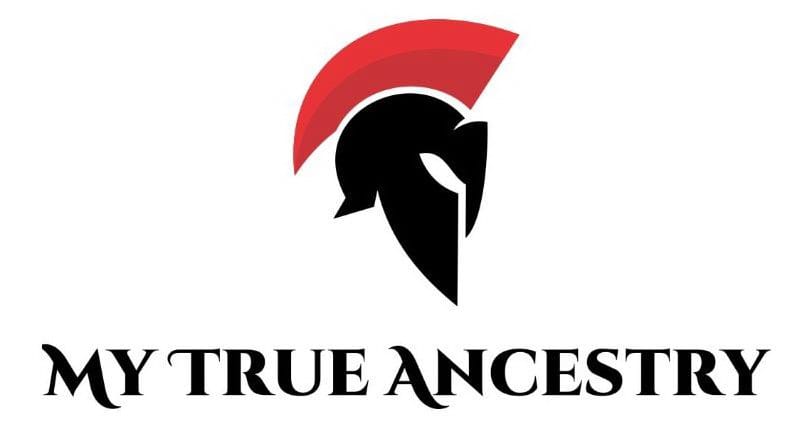



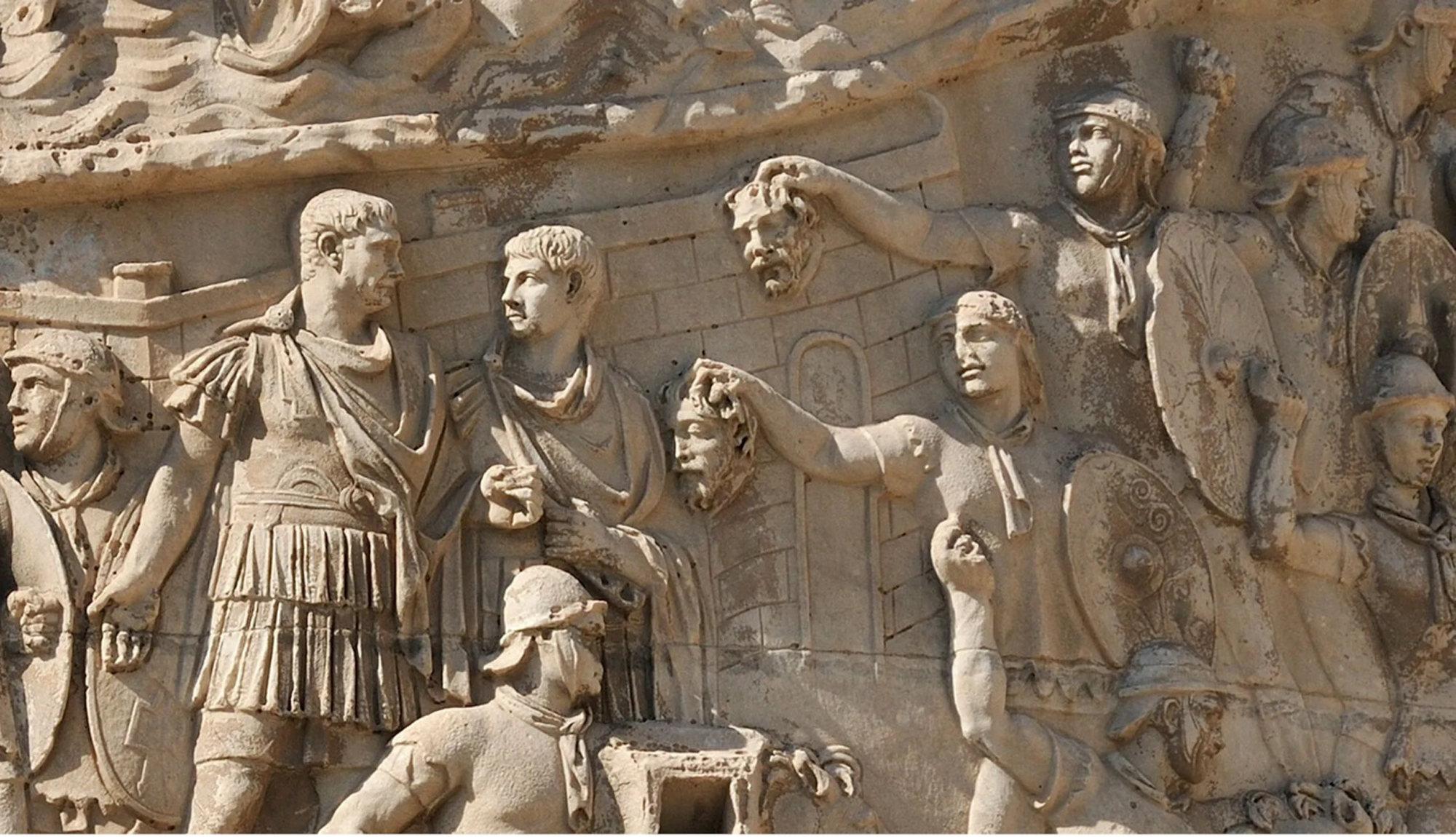
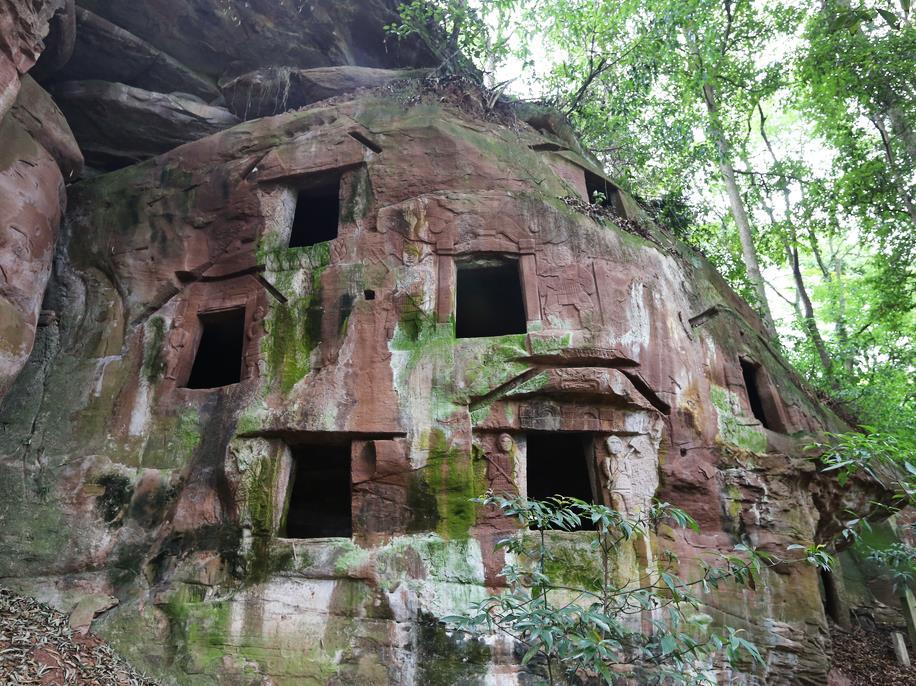


Comments